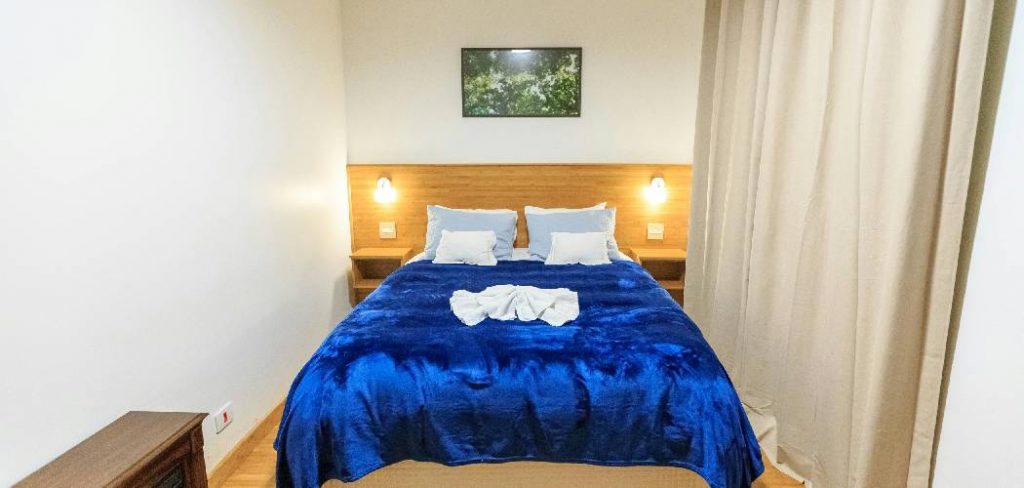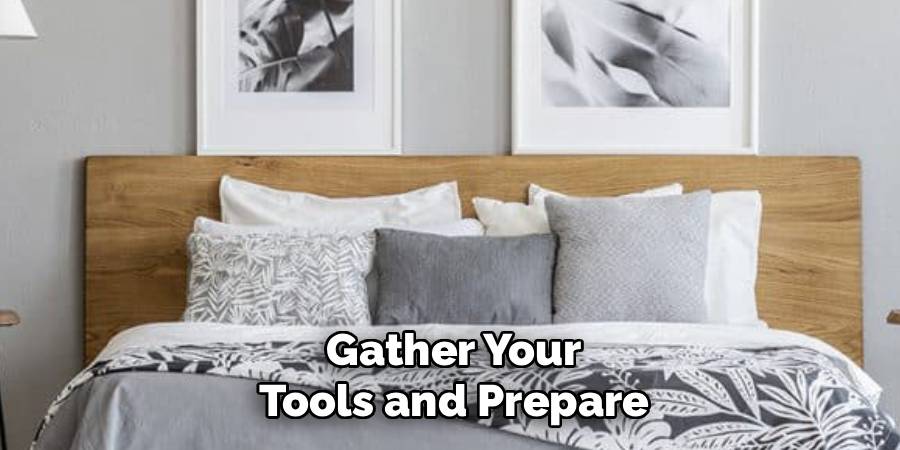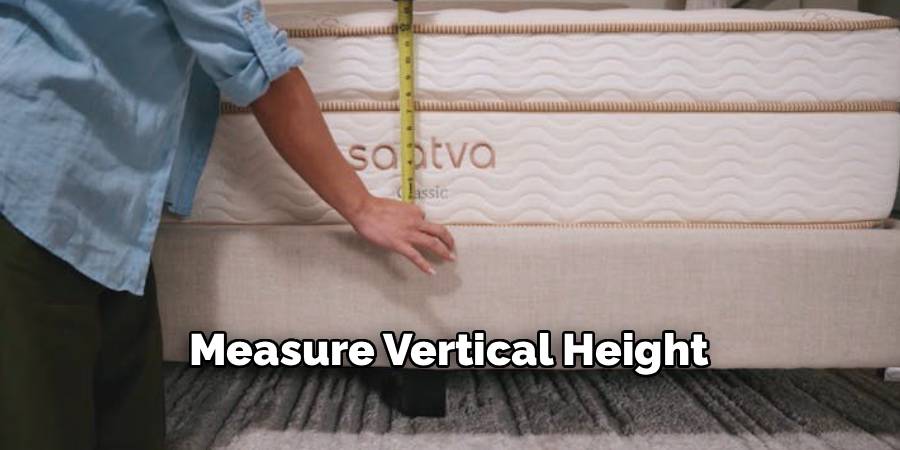Understanding how to measure a king size bed is essential for ensuring your bedroom furniture fits perfectly into the available space, accommodates bedding properly, and matches the intended decor. Whether you’re buying a new king-size mattress, a frame, or planning a room layout, accurate measurements are key. For first-timers, the process may seem overwhelming, but it’s straightforward when approached systematically.

This guide will walk beginners step-by-step through the process of measuring a king size bed accurately. Along the way, you’ll learn why precise dimensions matter, which tools you’ll need, and how factors like room size and bedding compatibility come into play. By the end, you’ll confidently handle your king size bed measurements and avoid potential misfits.
With this easy-to-follow guide, you’ll save time and effort, ensuring your bed delivers comfort and style without unnecessary hassle.
Why Measuring a King Size Bed Is Important
Measuring a king size bed designs is essential for numerous reasons. First, it ensures your bed will fit the designated space within your room. A king size bed has a larger footprint compared to smaller bed sizes, which means miscalculations could lead to challenges when rearranging furniture or even navigating hallways during delivery.
Beyond room fit, measuring is crucial for selecting proper bedding and accessories. Standard king size dimensions vary slightly among manufacturers, so knowing the exact size of your bed is key to avoiding ill-fitted sheets, comforters, or mattresses. This is particularly important for specialty king mattress variations, such as California or split king beds, which have unique dimensions.
Lastly, proper measurements contribute to an organized and visually pleasing bedroom setup. A king size bed is often the focal point of a bedroom, and its proportions need to align with the rest of the furniture for a balanced aesthetic.
Step-by-Step Guide to How to Measure a King Size Bed
Step 1: Gather Your Tools and Prepare
Before you start, it’s important to have the right tools on hand. A reliable tape measure, preferably one with clear markings in both inches and centimeters, is your most essential tool. Have a pen and notebook ready to jot down measurements as you go—keeping track of distinct dimensions is important to avoid confusion.

Check that there is adequate lighting in your room, and clear away clutter around your king size bed so you have full access to all its sides. If measuring alone feels difficult, enlist help from a friend or family member to hold the tape measure steady while you note the numbers. Having these tools and preparations in place sets you up for accurate measurements.
Step 2: Measure the Width of the Bed
Start by measuring the width of your king size bed. Position the tape measure on one side of the bed’s widest point—make sure it’s flat against the edge of the headboard or mattress edge. Stretch the tape measure to the opposite side, ensuring straight alignment to gain an accurate reading.
For standard king size beds, the width is typically around 76 inches. However, variations may exist depending on brands and bed types like California King, which is narrower. This measurement will help with evaluating room space and ensuring compatibility with bedding. Completing this step accurately forms a foundational element for the overall measurement process.
Step 3: Measure the Length of the Bed
Next, it’s time to capture the king size bed’s length. Begin by placing the tape measure at the bed’s headboard, aligning it with the bed frame or topmost point of the mattress. Extend the tape measure downward along the centerline until it meets the foot of the bed.
For a standard king size bed, you’ll often find a length measurement of 80 inches. However, remember to double-check this dimension, especially if dealing with non-standard models like California King beds, which are approximately 84 inches long. Precise length measurements ensure compatibility with both room dimensions and fitted bedding sets.
Step 4: Record the Mattress Depth
The depth or thickness of your king size mattress is another vital measurement to include. Stand on one side of the bed and place the tape measure at the mattress’s base. Pull it upward toward the topmost layer, whether it’s a plush pillow top, foam, or a flat surface.

Mattress depths can vary widely, ranging anywhere from 8 inches to more than 20 inches for luxury mattresses. This dimension is pivotal when selecting fitted sheets or planning how your bed will visually appear in the bedroom.
Step 5: Measure the Bed Frame Outer Edges
While mattress dimensions are crucial, beds often involve frames with added bulk. Use your tape measure to find the total outer dimensions of the bed frame. Begin by measuring the width from one side of the frame’s widest point to the opposite side. Then, measure the overall length of the frame by connecting the two farthest points.
These exterior measurements will tell you the space your bed occupies and help you arrange other furniture without overcrowding. Be particularly attentive if the frame includes decorative posts or side panels.
Step 6: Factor in Extra Features
Consider any additional features that might affect the overall dimensions of your king size bed. For instance, some bed types include attached headboards, footboards, or built-in storage compartments. Start by measuring how far these features extend beyond the main mattress dimensions.

Measure the height of extended parts such as raised footboards or canopy posts. Including these dimensions ensures you’ll have a complete overview of your bed’s impact on the room and its décor.
Step 7: Check Clearance and Space Around the Bed
Ensuring sufficient clearance between your bed and surrounding furniture or walls is just as important as measuring the bed itself. Place the tape measure firmly against a nearby wall and stretch it outward until it reaches the edge of your king size bed. Repeat this process for all surrounding furniture pieces.
A careful assessment ensures you have enough walking paths and avoids the risk of cluttered layouts. If space is limited, measurements may also guide decisions on alternative furniture placements or modifications.
Step 8: Measure Vertical Height
Finally, don’t forget to measure the overall height of your king size bed. Begin by placing the tape measure vertically at the base of the bed’s legs and stretching upwards to the top of the mattress or headboard, whichever is taller.

The bed’s height affects usability and comfort, particularly for individuals who may be shorter or taller than average. This dimension is also important for aesthetic harmony, ensuring your bed aligns with other bedroom furniture like nightstands or low-profile chairs.
Step 9: Double-Check and Verify
Once all measurements are taken, go through each one again to confirm accuracy. It’s easy to misread tape measures or transpose numbers, so re-checking guarantees confidence in your results. Label your notes clearly, specifying which measurements correspond to each aspect of the bed.
Verification prevents costly mistakes when purchasing bedding, rearranging furniture, or deciding on a new bed altogether. Control over these final details ensures everything fits seamlessly into your plan.
Benefit Precise Measurements
Precise measurements provide a solid foundation for any project, ensuring better results and minimizing errors. When dimensions are accurate, you can avoid unnecessary adjustments, wasted materials, or financial setbacks. Properly measured spaces allow furniture and decor to fit harmoniously, maintaining the aesthetic and functionality of a room. Additionally, precision reduces the chances of misalignment or instability in larger projects, such as assembling furniture or installing fixtures. Taking the time to measure precisely ultimately saves effort in the long run, leading to smoother processes and more satisfying outcomes.
Frequently Asked Questions
What are the standard dimensions of a king size bed?
The standard dimensions of a king size bed are 76 inches wide and 80 inches long. However, special types like California King measure about 72 inches wide and 84 inches long. Always measure your specific bed to account for potential manufacturer variances.
How can I measure if the bed fits in my room?
To confirm fit, first measure the length and width of your room, noting adjacent furniture placements. Compare these dimensions with your bed’s measurements, ensuring you leave walking clearance of at least 24 to 36 inches around the bed.
Do headboards and footboards affect measurements?
Yes, headboards and footboards add to the overall dimensions of the bed. Always include their width, height, or length extensions when measuring for bedding or space requirements.
What is a California King bed, and how does it differ?
A California King bed is narrower and longer than a standard king bed, measuring 72 inches wide and 84 inches long. It’s preferred by taller individuals due to extra legroom but requires custom bedding.
What tools simplify the bed measurement process?
A long tape measure is essential for capturing length and width. For accuracy, enlist help to hold the tape in place, or consider using a laser measuring tool for faster results.
Conclusion
Measuring a king size bed doesn’t have to be complicated—it’s a simple process that delivers significant benefits. By following this detailed guide, you can accurately capture all relevant dimensions, ensuring your bed fits your room, suits your needs, and works with your bedding.
Taking accurate measurements not only ensures functionality but also adds to the overall aesthetic appeal of your space. Whether you are rearranging furniture, planning a redesign, or purchasing new items, precision in measurements helps avoid unnecessary returns, adjustments, and frustrations, making the entire process more seamless and efficient.
Take the guesswork out of your bedroom setup by mastering how to measure a king size bed. With these steps, you’ll save time, avoid common pitfalls, and feel fully prepared to manage your space like a pro. It’s time to grab your measuring tape and make sure every inch counts!
Huston Douthit is a distinguished figure in the world of furniture design, with a decade of expertise creating innovative and sustainable furniture solutions. His professional focus lies in merging traditional craftsmanship with modern manufacturing techniques, fostering designs that are both practical and environmentally conscious. As the author of Fruniturix, Huston delves into the art and science of furniture-making, inspiring artisans and industry professionals alike.
Education
- RMIT University (Melbourne, Australia)
Associate Degree in Design (Furniture)- Focus on sustainable design, industry-driven projects, and practical craftsmanship.
- Gained hands-on experience with traditional and digital manufacturing tools, such as CAD and CNC software.
- Nottingham Trent University (United Kingdom)
Bachelor’s in Furniture and Product Design (Honors)- Specialized in product design with a focus on blending creativity with production techniques.
- Participated in industry projects, working with companies like John Lewis and Vitsoe to gain real-world insights.
Publications and Impact
In Fruniturix, Huston shares his insights on furniture design processes, materials, and strategies for efficient production. His writing bridges the gap between artisan knowledge and modern industry needs, making it a must-read for both budding designers and seasoned professionals.


